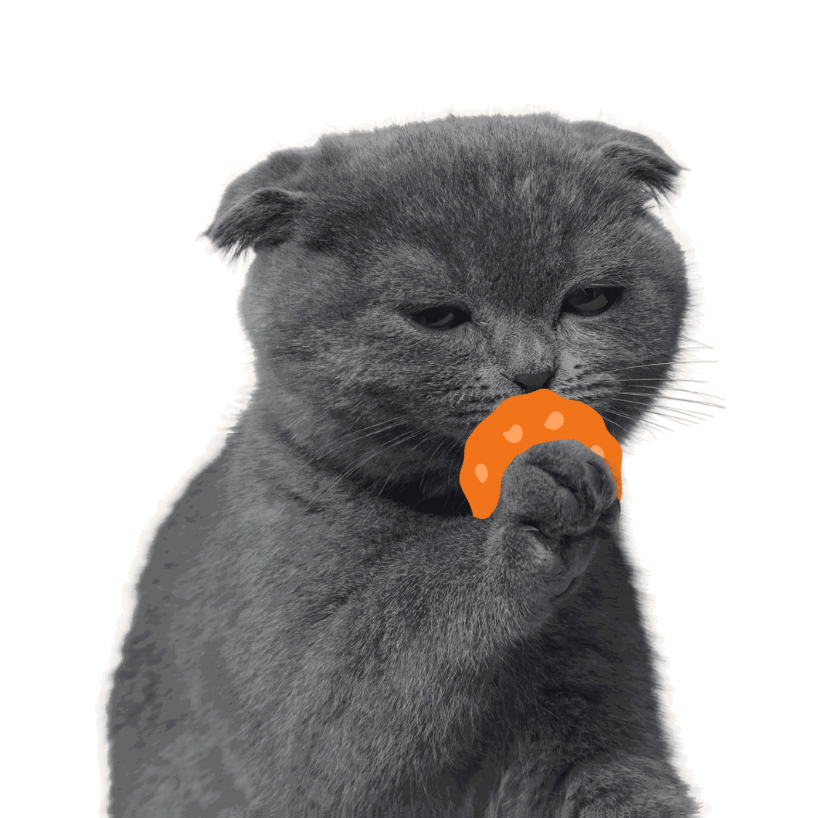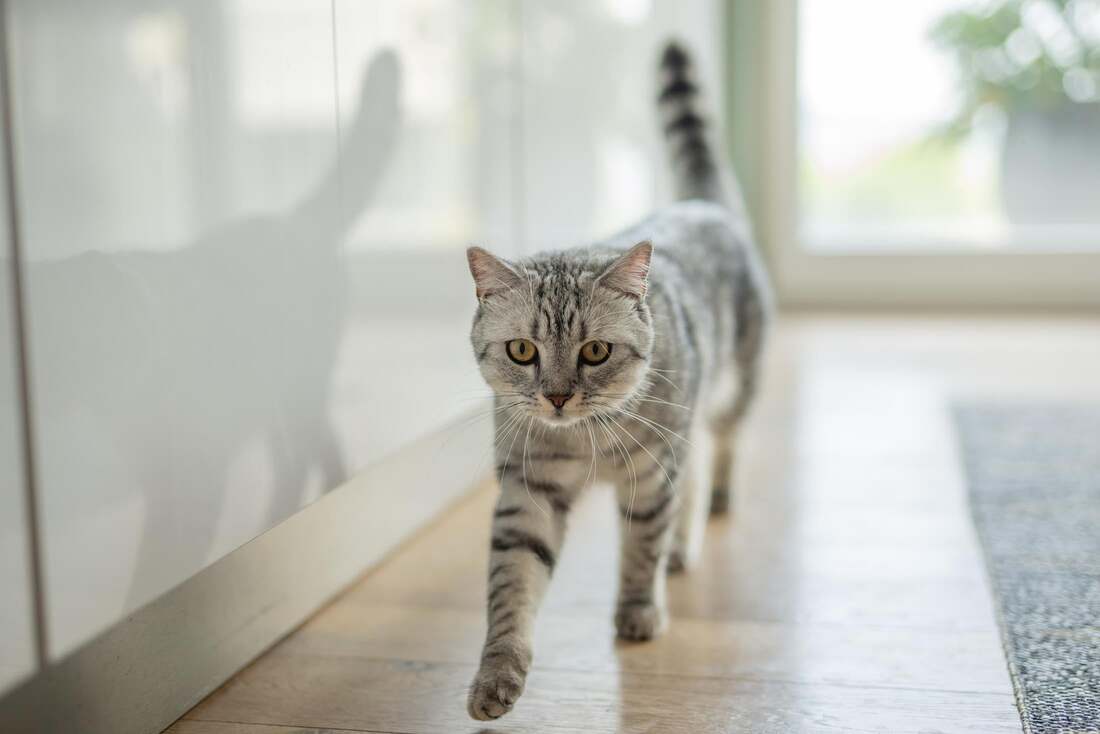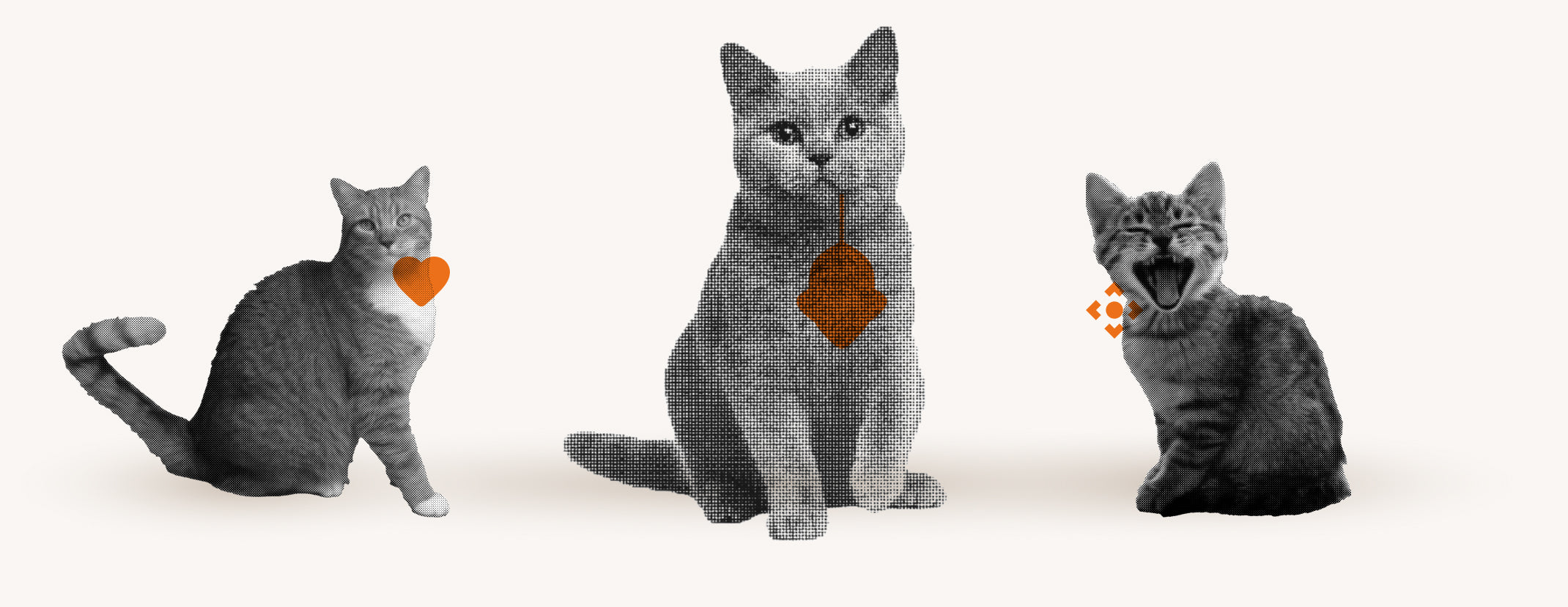Have you ever wondered what makes German Longhair cats so special?
Many cat lovers face the challenge of finding the right breed for their home, especially when it comes to long-haired cats.
German Longhair cats are known for their people-oriented, sociable nature, their unique physical characteristics such as the pronounced ruff and their adaptability to indoor living.
In this article, we delve deep into the world of German Longhair cats, from their fascinating history to characteristic features and care tips to common diseases and how modern technology can make living with them easier.
The fascinating history of German Longhair cats
The history of German Longhair cats is as unique as the cats themselves. Originally, these cats developed in Germany through natural selection and human breeding efforts. A turning point in their history was the work of Friedrich Schwangart , an influential zoologist and breeder. He laid the foundation for systematic breeding in the early 20th century by creating breed descriptions that took into account not only the coat, but also head and body shape. These efforts aimed to preserve the original type of longhair cats while promoting pure breeding.
The development of German Longhair cats is characterized by a steady increase in their popularity, both among cat lovers and breeders. To date, around 1,700 German Longhair cats are registered in stud books, which underlines their continued popularity and success as a breed. The efforts of breeders and cat organizations have contributed to the German Longhair cat gaining recognition not only in Germany, but worldwide. Their history is a testament to the dedication and passion that breeders and lovers invest in the preservation and promotion of this special cat breed.
The characteristic appearance of German Longhair cats

German Longhair cats are known for their impressive appearance, which distinguishes them from many other cat breeds. They reach a shoulder height of up to 35 cm and can weigh up to 6 kg , making them larger representatives of the cat world. Their physique is muscular and elongated, with a rectangular body, well-developed neck and chest, and a bushy, rather round tail. These physical characteristics give the German Longhair cat a majestic appearance.
Another characteristic feature of German Longhair cats is their fur. It is long, silky and shiny , with a healthy undercoat that gives the fur volume and fluffiness. In contrast to other longhair cats, such as Persian cats, the fur of the German Longhair is a little shorter and easier to care for. Their eyes are large, oval and can be of any color, which gives their facial expression a special depth. This breed is a real eye-catcher and captivates cat lovers all over the world.
The variety of coat colors in German Longhair cats

The coat colors of German Longhair cats offer an impressive variety that delights cat lovers. All coat colors are allowed , which leads to a fascinating range of appearances. However, the most common are shades of red and black, as well as gray and cream, which serve as base colors. In addition, there are:
- Single-colored and multi-colored fur variants
- Various tabby patterns
- Rare colors such as white, where the color pigments are suppressed by a gene variant
This diversity makes each German Longhair cat unique and allows breeders and cat lovers to find and celebrate their preferences in coat color.
The unique character of German Longhair cats
German Longhair cats are known for their unique character, which makes them wonderful companions for people. They are characterized by their friendly and people-oriented nature . These cats love to be close to their owners and show their affection in a variety of ways. Their social characteristics make them ideal pets for families, single people or seniors. They get along well not only with people but also with other animals, which underlines their adaptability and balanced character.
The temperament of German Longhair cats is moderate and balanced , which means that they are neither too hyperactive nor too phlegmatic. They can be both playful and cuddly, depending on the situation and mood. Their characteristic traits include:
- A pronounced social behavior that makes them great roommates
- A tendency towards calm and serenity that creates a pleasant atmosphere
- A high level of intelligence that makes them capable of learning and adapting
This combination of characteristics makes the German Longhair cat a perfect pet that fits harmoniously into family life and provides joy and entertainment.
Tips for keeping and caring for German Longhair cats
Keeping and caring for German Longhair cats does not require much more effort than other cats, but there are a few special features to consider. During the shedding season , which usually takes place in spring and autumn, it is important to brush your cat's fur two to three times a week to prevent matting and to remove dead hair. Outside of these times, it is often sufficient to groom the fur once a week. This not only helps to keep the fur healthy and shiny, but is also a great opportunity to spend time with your cat and strengthen your bond.
In addition to grooming, it is important to provide enough activity and variety , especially if the cat is kept indoors. German Longhair cats are known for their balanced nature, but they still love to play and explore. - Make sure there are enough toys and change them regularly to avoid boredom. - Consider getting a second cat as a playmate, especially if you are often away. - Consider the possibility of outdoor access under safe conditions, if this is feasible. Such measures contribute significantly to the well-being and health of your German Longhair cat.
Common Diseases in German Longhair Cats and Prevention
German Longhair cats are considered robust animals that generally enjoy good health. However, like all cats, they are susceptible to certain diseases. Common health problems include cat flu, diabetes and chronic renal failure. These diseases can occur particularly in old age. It is important to know that breed-specific diseases in German Longhair cats are not yet known, which could be due to careful breeding practices.
To maintain the health of your German Longhair cat and to detect or even prevent possible diseases at an early stage, regular visits to the vet and all recommended vaccinations are essential. Here are some preventative measures:
- Regular health checks at the veterinarian to monitor general health
- Vaccinations against common cat diseases such as cat flu
- Healthy diet and sufficient exercise to avoid obesity, as German Longhair cats can be prone to
These measures will help improve your cat's quality of life and ensure he or she lives a long, healthy life.
Evaluation system and standards for German Longhair cats
The evaluation of German Longhair cats follows a specific system established by cat breeding associations, such as the World Cat Federation (WCF). The cats are evaluated according to various criteria that can add up to 100 points. The evaluation criteria include: - Body type (30 points), which includes stature and general physical condition, - Head shape (30 points), which takes into account special features such as the shape of the ears and eyes, - Coat quality and care (20 points), including length, density and texture of the coat, - Colour and markings (10 points), which evaluate the purity and clarity of the coat colour, and - Condition (10 points), which includes the general well-being and health of the cat. These criteria ensure that only cats that meet the high standards of the DLH (German Longhair) are entered into stud books and accepted for exhibitions.
How Flappies smart cat flap simplifies life with German Longhair cats
Keeping German Longhair cats brings many joys, but also some challenges. One of them is bringing prey into the house, which is often unpleasant for cat owners. This is where Flappies intelligent cat flap comes in, which elegantly solves this problem thanks to its selective access control and prey detection . The flap detects whether the cat has something in its mouth and thus denies it entry until it lets the prey out. This keeps your home clean and prey-free, which is especially beneficial for long-haired cats like the German Longhair, who are often outside.
In addition to prey detection, the Flappie cat flap offers other advantages that make living with your German Longhair cat easier:
- Notifications and control via the Flappie app : Always stay informed about your cat's comings and goings.
- Photo gallery and videos : Get an insight into your cat's adventures, even when you're not at home.
- Insight into your cat's nightlife : The camera also works in the dark, so you can see what your cat is up to at night. With these features, Flappie supports a harmonious coexistence with your German Longhair cat by ensuring a clean home and less worry.
Frequently Asked Questions
How big do German longhair cats get?
German Longhair cats reach a shoulder height of up to 35 cm and can weigh up to 6 kg, making them larger representatives of the cat world.
What types of long-haired cats are there?
The blog post focuses specifically on German Longhair cats and does not mention other longhair cat breeds. German Longhair cats are known for their long, silky and shiny coats, their adaptability to indoor living and their friendly, social behavior.





Share:
Discover the fascinating world of the white cat breed
Discover the fascinating world of the orange cat breed